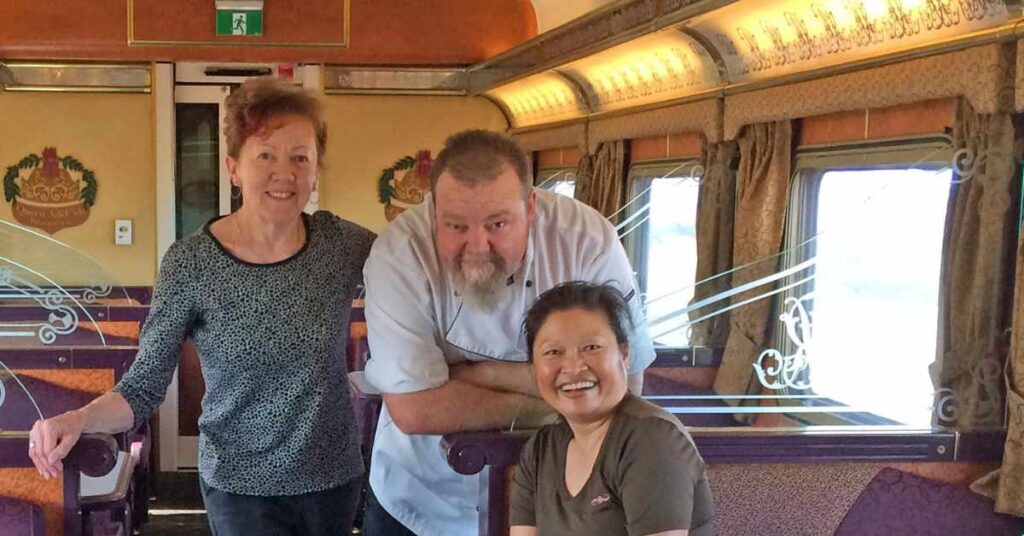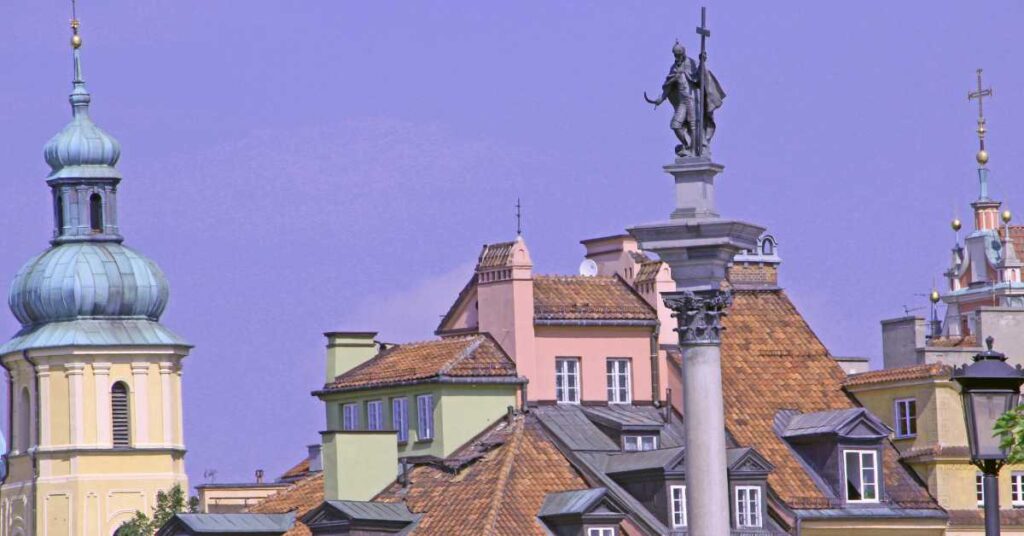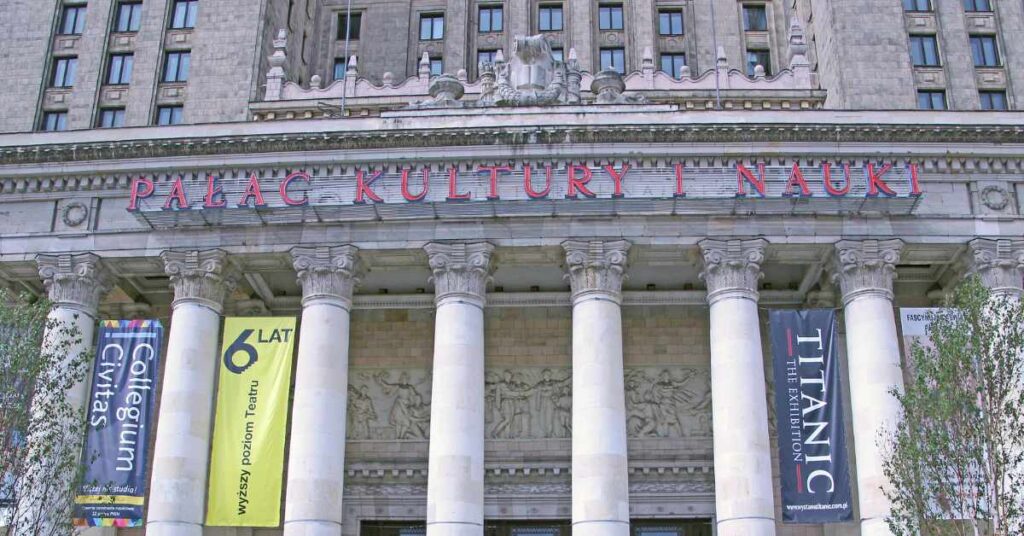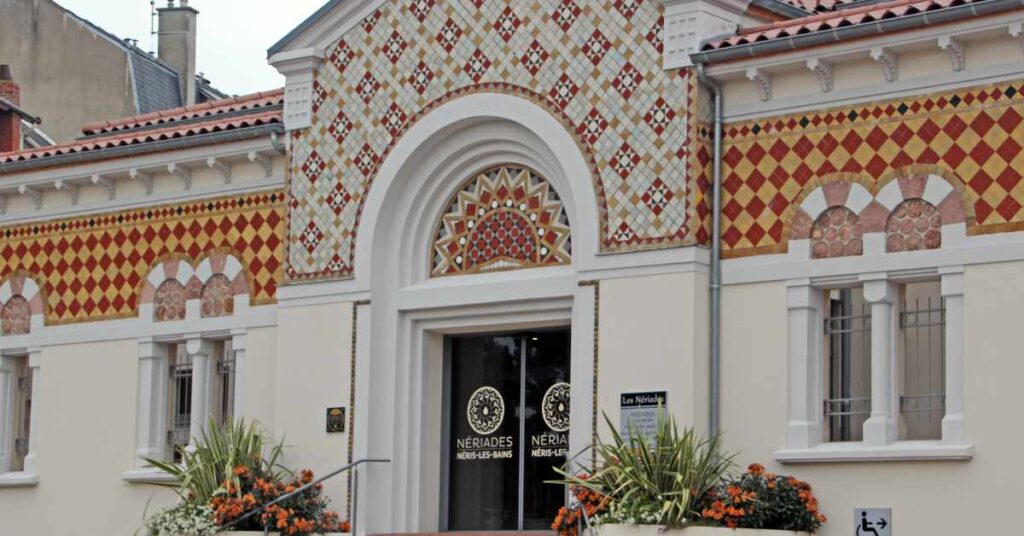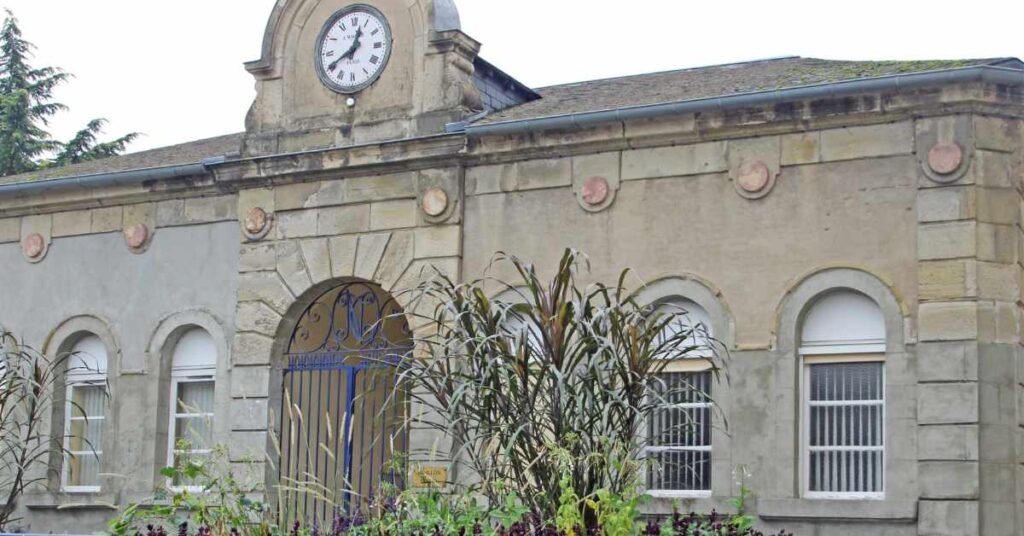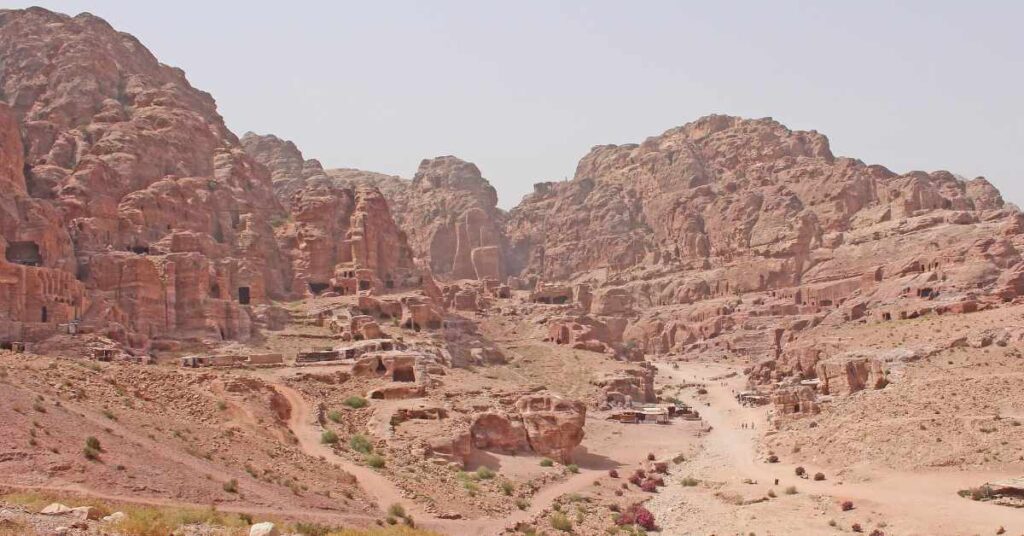Moncks Corner, South Carolina: Mepkin Abbey Crèche Festival
Moncks Corner, South Carolina: Mepkin Abbey Crèche Festival City and local notes: Line on Travel’s vignettes of larger cities, well-known attractions, and short trips. Monck’s Corner isn’t far from Charleston, SC, and if you’re there generally mid-November to early December, here’s something unusual you might enjoy – the Mepkin Abbey Crèche Festival. Monck’s Corner Mepkin Abbey is a Trappist monastery on the Cooper River in Monck’s Corner. The Abbey is on property that was part of a rice plantation founded in 1762. In 1949, a large part of the plantation grounds was donated for the purpose of founding the Abbey. A crèche is essentially a manger scene. For three weeks in late November – December, the Abbey holds a crèche festival, displaying some of the 800 or more crèches in its collection. Donated crèches continue to grow the collection. Several thousand visitors descend on the Abbey during the Festival. Volunteers assist with the parking and I found them good humored and a bit of a tease. Somehow, they’d learned from a friend that on the way to the Abbey, I had needed a Triple-A winch-out from a ditch and might be past the time on my ticket. Thanks to those who told on me, the parking volunteers made loudly sure I didn’t park near any dips in the lot. The ditch incident was a whole other travel story that led to new friends and had a happy ending. But back to the crèches. Mepkin Abbey One thing to like about the Abbey’s collection is its diversity. Crèches come from artists in all parts of the world and are reflections of their lives and environments. Some are extraordinary in their size and detail. Some are large outdoor sculptures and others are flat art. They show traditional scenes, people of color and women, the nurturing side of men. The artist Janet McKenzie said about her painting “Jesus of the People” that it “pays homage to people of color and women, two groups traditionally underrepresented or left out of iconic images of Christ.” She said her painting wasn’t intended to create controversy (although it did) – “I simply hoped my then-15 year old nephew, a young man of color, might find renewed joy in seeing a version of his beautiful, dark face reflected back in my interpretation of Jesus.” The creativity and inspiration underpinning each crèche is coherent to me, the same way the intricate handwork in garments sent to the Holy Infant of Prague is understandable. Visitors vote on their favorite crèche each year, and I could pretty much tell who would “win.” It would be deserved, too. I voted for another crèche that it turns out was by one of the same artists who worked on the eventual winner. But as I left that evening, the image that kept appearing to me was a simple, beautiful scene by a Palestinian artist. It was a desert scene with the three kings, animals, Mary, Joseph and tiny Jesus. What I kept seeing was the joyous Joseph, usually just a supporting actor but here the most memorable to me of all the figures. You don’t have to be religious to enjoy the festival. It can be mind-expanding. And the grounds of the Abbey are serene, with beautiful camellias, giant and dwarf, blooming in the Low Country autumn. Live oaks with Spanish moss, spider lilies, American white ibis all over the place. Alligators too, so mind the water. Visit the original owner’s family graveyard and take heart that one of the sons was an abolitionist. I grant the graveyard’s a little somber on a late afternoon (I’m not directly saying creepy). Maybe visit the graves earlier in the day. There’s an Abbey gift shop where I bought fruit cakes (I love them!), golden rice, and Father Joe’s “Food for Thought” cookbook. Simple fare from the Abbey kitchens. There are plenty of good places to eat in the vicinity. It’s the Low Country, after all. Trip date: November 2015
Moncks Corner, South Carolina: Mepkin Abbey Crèche Festival Read More »



